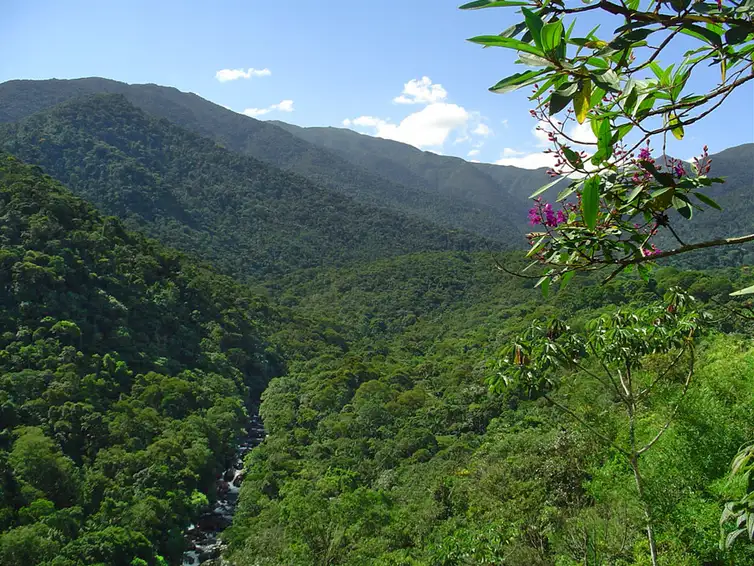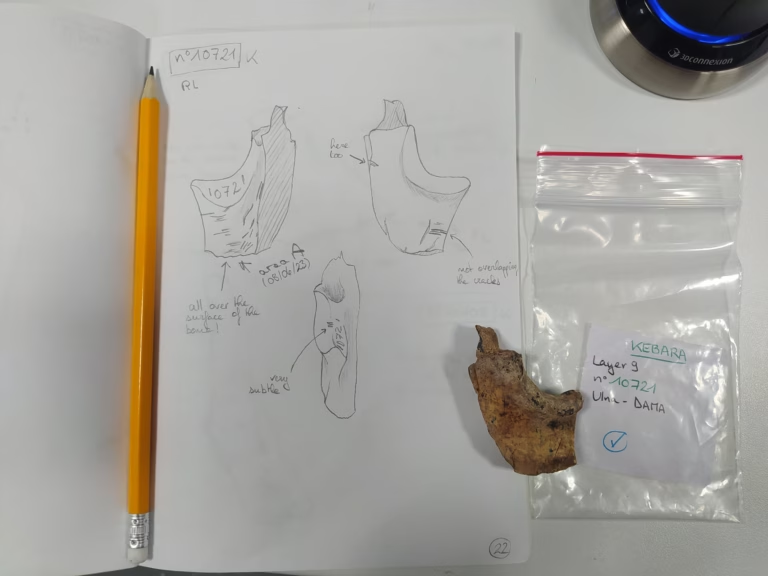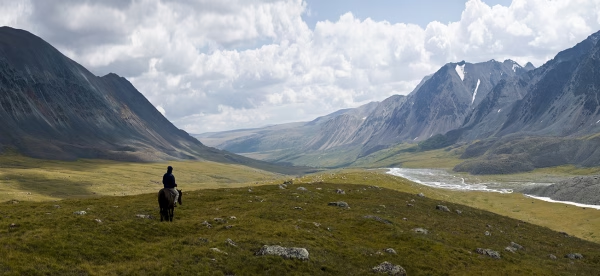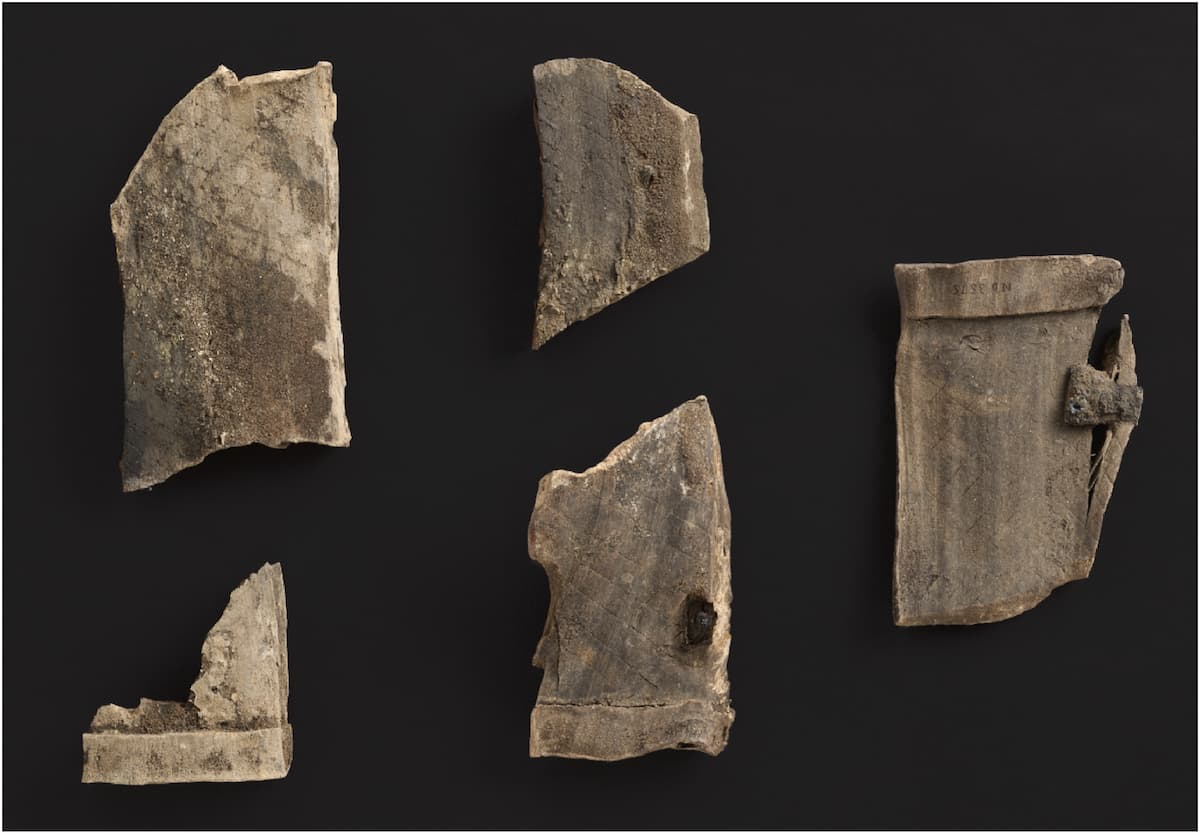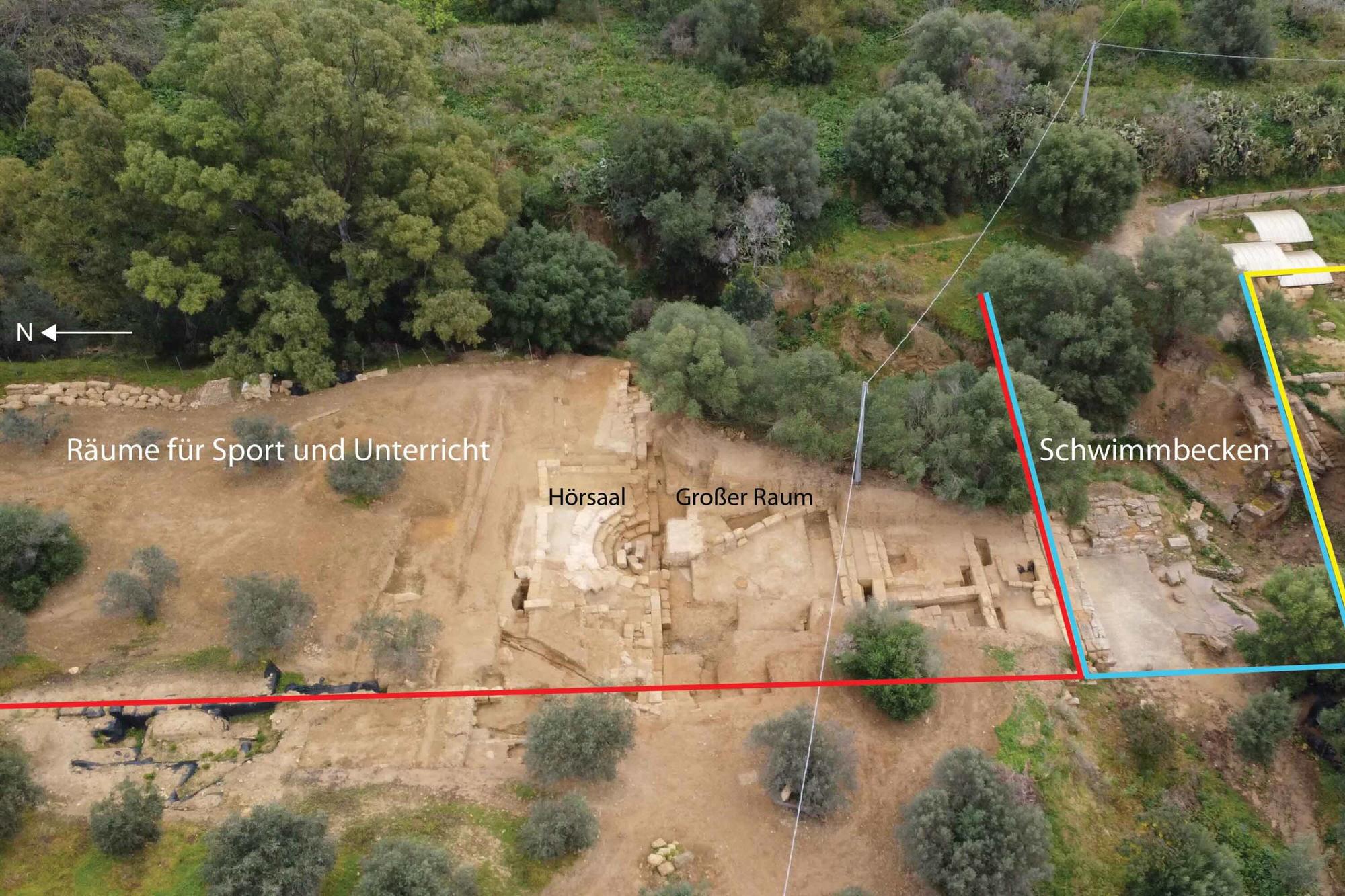Deep within Brazil’s majestic landscape, where the states of Rio de Janeiro and Minas Gerais embrace, the imposing silhouette of the Serra da Mantiqueira, long celebrated for its enduring natural beauty, now trembles with the revelation of an ancient secret held in its heart. A dedicated team of researchers from the National Museum, in collaboration with the Federal University of Rio de Janeiro, the State University of Rio de Janeiro, and Itatiaia National Park, embarked on a daring journey of discovery, bringing to light captivating cave paintings that had remained silent witnesses to time.
These extraordinary artworks, as if sprung from the dusty pages of the past, now draw curious gazes. Scientists are immersed in a fervent effort to decipher the age and the hands behind these enigmatic brushstrokes. This quest extends beyond merely tracing faded pigments; it seeks to reconstruct the narrative of the ancient lives that once echoed through these lands. Each fleck of color carries the hope of illuminating a past shrouded in millennia of silence.
Professor MaDu Gaspar, a seasoned figure from the National Museum’s Archeology Program, shared with Agência Brasil the team’s passion for not only the paintings but also for unearthing other human traces lost within this striking scenery. “Shelters and caves adorned with rock art are rarely solitary entities. We are committed to exploring this area and integrating with the geography—considering routes, paths, and available resources. This is merely the spark of our research. We are facing a reality previously unknown to us, and a long, unexplored journey lies ahead,” she summarized this thrilling commencement.
These invaluable findings, serendipitously revealed in 2023, remained a carefully guarded secret for a period to allow for the park’s meticulous preparation and the controlled management of visitor flow to the area, which forms part of a popular hiking trail. One of the initial and most crucial steps taken was to inform the National Institute of Historic and Artistic Heritage (IPHAN), the guardian of the nation’s historical and artistic legacy. Professor Gaspar emphasized the legal process, stating, “Archaeological sites are under the strict supervision of IPHAN, and all activities, including those carried out by archaeologists, require special authorization from the institute. They are closely monitoring the area to ensure this archaeological discovery receives the value it deserves.”
The paramount priority at present is the preservation of this rare heritage. To this end, surveillance cameras have been strategically installed, and a dedicated awareness campaign has been launched for park staff and management. One of the most pressing questions occupying the researchers’ minds is the timeline of the paintings’ creation. This veil of mystery will gradually lift as studies deepen. “We currently estimate that they could date back 2,000 to 3,000 years, but the research is still in its very early stages,” Gaspar noted, adding that the team has already uncovered strong clues pointing to ancient hunters who once inhabited the region.
The protagonist of this remarkable discovery is Andres Conquista, the operational supervisor of the upper region of Itatiaia National Park. While exploring the natural wonders of Itatiaia, Brazil’s inaugural national park managed by Parque Tur, Conquista stumbled upon this hidden cave during a climbing expedition. Initially captivated by the vibrant display of over 15 blooming red lilies, he approached to immortalize this natural beauty with his camera. A strangely shaped rock then piqued his curiosity, drawing him into the cave’s embrace. It was at that moment that he stood in awe before the ancient paintings, whispering tales of a past thousands of years old.

“My initial reaction was concern. I had never seen a cave painting before, so I didn’t understand what it was. At first, I thought it might be graffiti left by tourists,” he recounted to Agência Brasil. “But a few seconds later, I noticed there were no names or dates. That’s when I realized it could be something very old. I immediately took photos and shared them with the ICMBio team.” Conquista was also present during the research team’s first visit to the site to examine the paintings, a moment he described as exhilarating.
Professor Gaspar highlighted the surprising nature of this discovery, despite Rio de Janeiro’s historical significance as a center for archaeological research since the Imperial period. “We were astonished to encounter an entirely new site. While similar sites undoubtedly exist—with examples in places like Minas Gerais—nothing quite like this had ever been found in Rio de Janeiro before,” she stated. “Moreover, this discovery isn’t tucked away on a remote peak frequented only by a few mountaineers. On the contrary, it’s in an easily accessible area. I, too, am surprised that no one had noticed it before. I’ve even hiked there,” she added, expressing her astonishment.
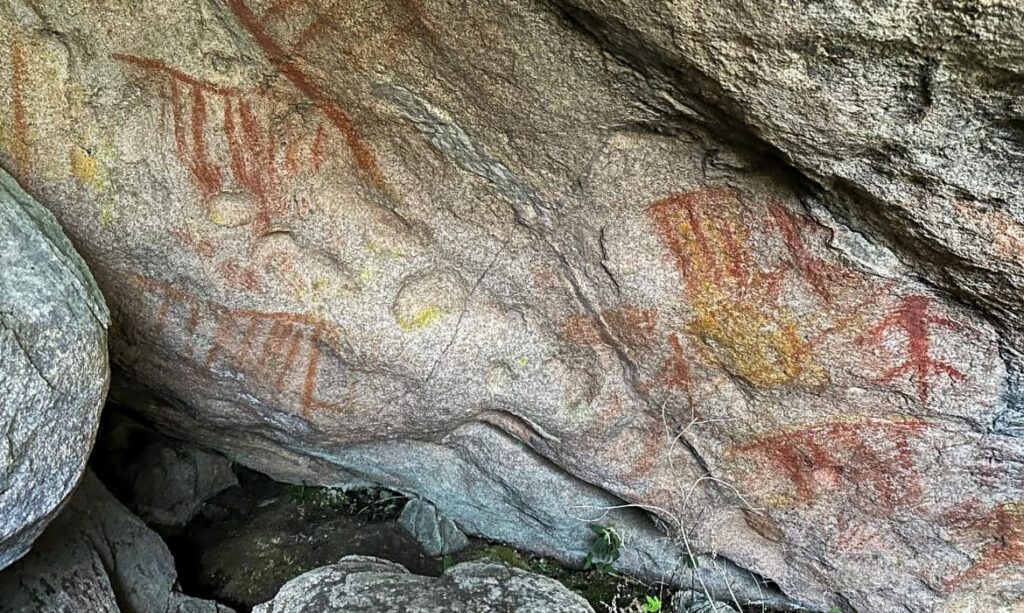
Professor Anderson Marques Garcia of the Archeology Department at the State University of Rio de Janeiro pointed out that archaeological studies in the state have predominantly focused on the coastal strip, often overlooking the rich cultural expressions found inland. Expressing his concerns about the preservation of the newly discovered site, Garcia warned, “Beyond the threat of graffiti or vandalism, someone driven by curiosity might attempt to excavate the area, which could severely compromise future research. This small but invaluable site requires the utmost care and patience to unravel its chronology, the identity of the people who once lived here, and when they made this region their home.”
The area surrounding this historical find has been meticulously secured to facilitate the ongoing research. Parque Tur’s press office issued a firm warning that “anyone who disregards the restrictions will face heavy fines.” Currently, as researchers continue to assess the duration of their work, there is no definitive timeline for when this repository of ancient secrets will be reopened to visitors.
The primary focus during this critical phase remains the protection of this priceless heritage and the prevention of unauthorized access until the research is complete. Once the studies reach their conclusion, this discovery site has the potential to become a unique attraction for visitors, offering a captivating window into Brazil’s deep-rooted ancient history. As the research team delves deeper into the mysteries of these cave paintings, the potential for new discoveries that will enrich our understanding of the region’s past and its forgotten inhabitants remains remarkably high.
Cover Image Credit: Itatiaia National Park, in Rio de Janeiro, a city that has been a hub for researchers since the Imperial era and is considered the birthplace of Brazilian archaeology – ICMBio
